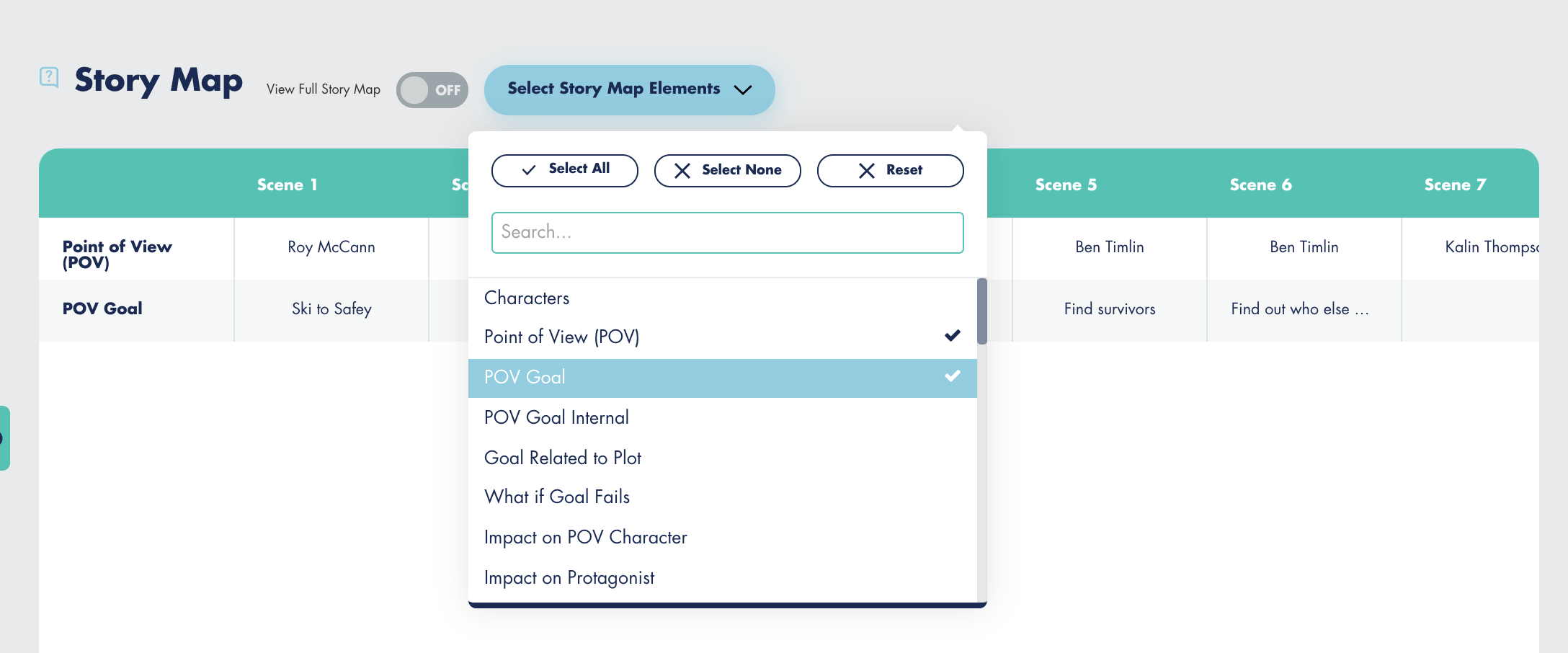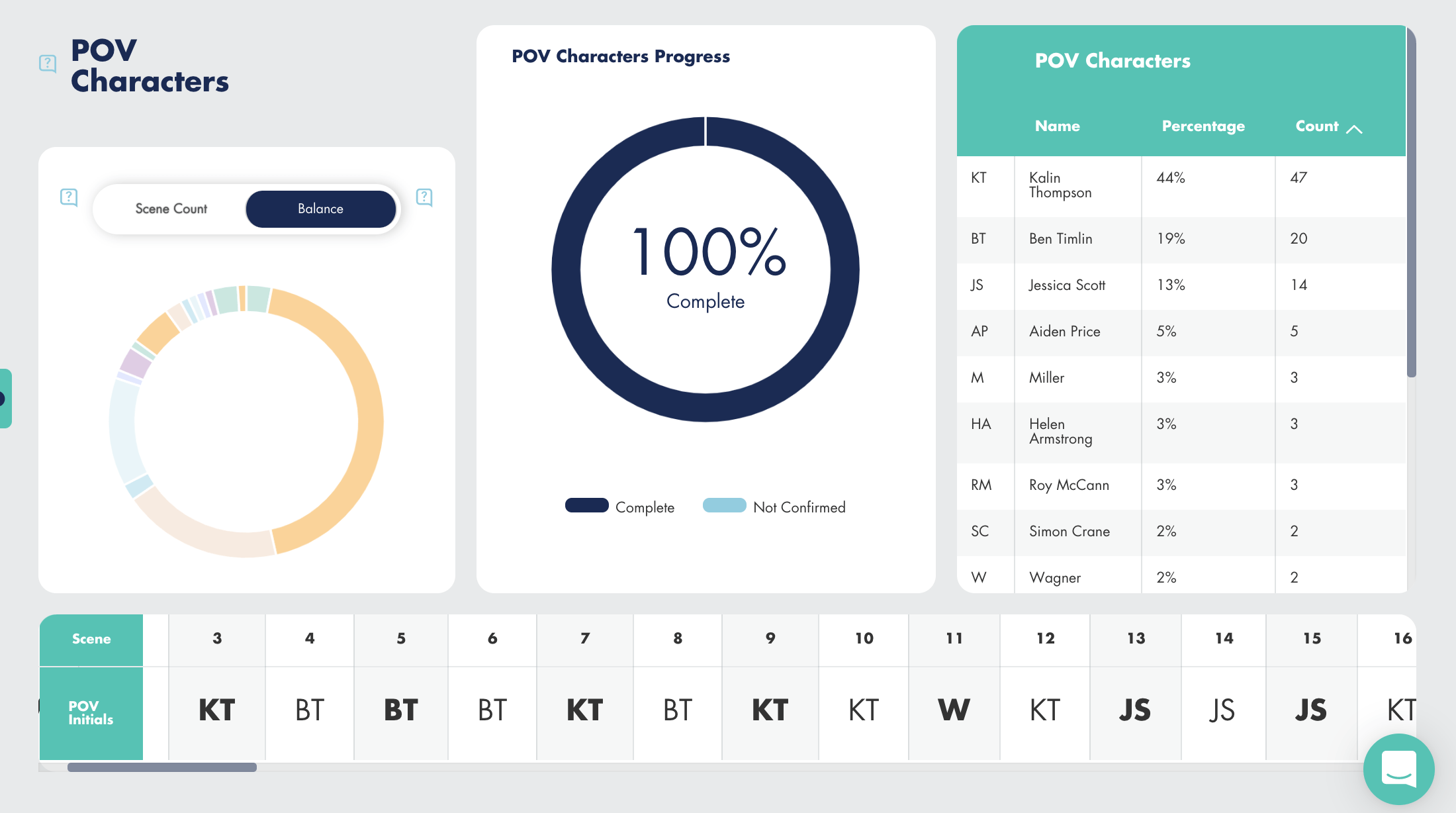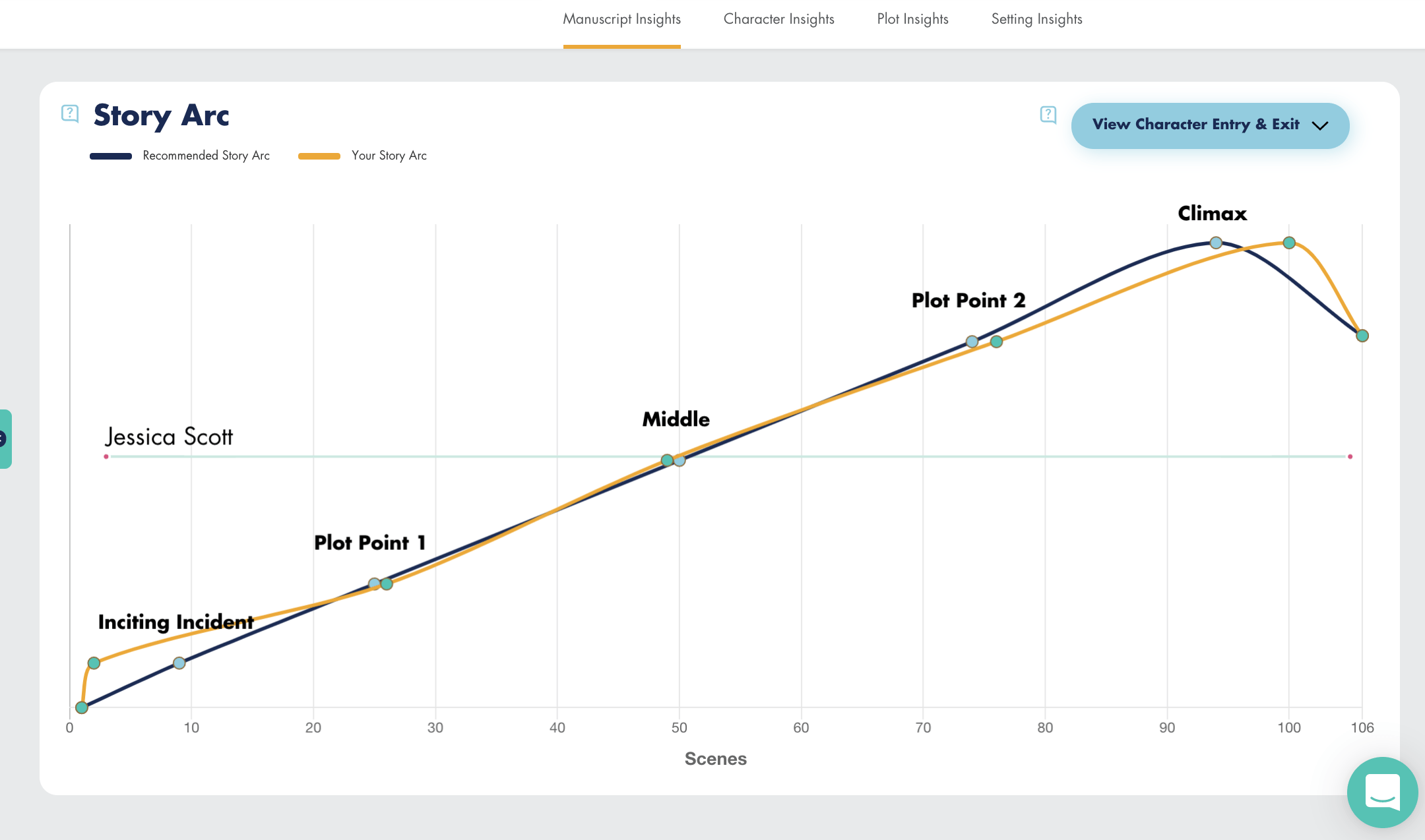
A plot hole will make your readers unhappy. So how do you avoid falling into a hole? How do you even know there is a hole?
Scenes and the order that events take place in your story make up the plot. The scenes occur in a sequence, and that sequence forms the structure of your novel.
You’ll most likely have a main plot and one or two subplots. Your protagonist (main character) follows the main plot. Secondary characters follow the subplots.
Your job as a writer is to evaluate how you’ve written the plot (and subplots) and to edit and rewrite until you’ve created a compelling story for your readers.
If you make each scene great, have each scene flow from one to the next in a way that makes sense to the reader, and pay attention to the key elements of fiction for each scene, you’ll avoid plot holes.
What Is a Plot Hole?
A plot hole is an inconsistency in a story, whether that be a book, film, or theater production.
A plot hole can be as small as someone’s eye color changing, or as big as someone coming back to life without explanation.
Plot Hole Meaning
A plot hole is caused by an error or inconsistency. They always go against the story’s logic, and they often result in confusion for the reader or viewer.
Causes of Plot Holes
There are four things that can cause a plot hole:
- Scenes are not connected to one another or to the story
- A character arc is not closed off
- Scene locations are inconsistent
- The timing from one scene to the next doesn’t work.
Plot Hole Examples
The best way to learn how to write well and avoid plot holes is to see examples of them. Once you understand what they can look like, you can begin to find and remove them in your own story. So here are 12 plot hole examples from popular books:
- Harry Potter and the Prisoner of Azkaban: The time-turner’s introduction undermines prior events that could have been easily resolved.
- The Maze Runner: Thomas climbs a wall, so we know it is possible. Why could they not view the whole maze by climbing?
- The Handmaid’s Tale: All women ate very closely monitored, and yet the resistance are able to communicate complex messages, without explanation.
- Wuthering Heights: Heathcliff’s motive for marrying Isabella lacks credibility.
- The Wizard of Oz: One man managed to persuade an entire city that it is green, but how did he first convince them to wear the glasses?
- The Martian: The impact of the low gravity on Mars is never addressed.
- Matilda: The origin and logic of Matilda’s telekinetic powers is unexplored. Also, it is unclear if others have the same power.
- Charlotte’s Web: Charlotte is a clever spider, so she could have escaped her fate. Her passivity raises questions about her character’s choices.
- The Mortal Instruments Series: It is not explained why the mundanes remain oblivious to the Shadow World’s existence, despite constant supernatural activity.
- The Time Traveler’s Wife: Henry’s time-traveling abilities are not fully explored. For example, why would he never use them outside of building a relationship?
- His Dark Materials trilogy: There are inconsistencies in the rules and mechanics of parallel worlds, which raises questions about their coherence.
- The Da Vinci Code: Cryptex’s security is easily compromised, undermining its effectiveness as a plot device.
How to Fix Plot Holes
We are going to cover three of the most common plot hole issues and how to solve them.
Plot Hole Problem 1: Scenes Not Connected To One Another
When a scene causes a plot hole by not being connected to the story, this usually means the scene doesn’t have a purpose. If you don’t know the purpose of each scene in your novel neither will your reader.
Naming the scene will help you determine what the scene is about.
The purpose of the scene must relate to the overall story. If it’s not driving the story forward, ask yourself why you included the scene in your novel.
If you don’t know the answer or can’t come up with a purpose, consider deleting the scene. You can move any important tidbits to another scene if you need to.
Once you know the purpose of each scene, test how the flow of your novel is working. If your scenes don’t flow from one to another, then the plot doesn’t make sense to a reader. This is considered a plot hole, as the reader might fall into a hole and not read any further.
Keep track of how you enter and exit each scene.
For entering each scene, do you:
- Vary the way you enter each scene in your draft?
- Have a hook that draws the reader into the scene?
- Anchor the reader in terms of point of view, setting, and timing?
For exiting each scene, do you:
- Vary the way you end each scene?
- Have a hook that makes the reader want to start the next scene?
- Use a technique that connects the current scene to the following scene?
Plot Hole Problem 2: Character Arc Not Closed
This problem occurs when a character exits your story, but their story was not closed off for the reader. This is extremely important for major characters and less important for minor characters.
Most likely, you’ll close the character arc for your protagonist and antagonist. It’s the other characters in your cast who might cause problems for you. Pay attention to characters who follow a subplot or hold the point of view for a scene. It’s easy to forget a goal or two.
StoryTeller Example
The illustration below shows you how StoryTeller leads a writer through the process of evaluating plot and looking for plot holes related to character arc.
The along with the Story Arc, the Story Map in StoryTeller will show you many things about your characters.

Let’s look at my novel Avalanche.
The Story Arc report can show you the first and last scene each character is in.
To consider if you’ve closed the character arcs, remind yourself of the character’s goals, review the last scene for each character, and make sure you’ve closed off any loose ends.
To do that, you need to know what the character’s goals were.
I suggest starting with any characters who have the point of view for a scene. You can quickly scan the POV characters and their goals by choosing the Point of View (POV) and POV Goal in the drop-down menu of the Key Elements per Scene report. This way you can find the important goals you must close off (succeed or fail).


To start checking your character arcs, choose a character and find the first scene she had the point of view for. I’ve chosen, Jessica Scott. She’s a supporting character who has an important role.
Her first point of view scene in Avalanche is scene 13. I found this quickly by looking at the POV report. The bottom row shows each POV character by initials in the order they appear in Avalanche.

Next, find the last scene your POV character is in. You can use the Story Arc report to do this.
Below, you can see Jessica’s last scene is scene 105.

If I need to read the scene, I can click on the black box shown above, and the text of that scene will be displayed. I can then determine if I’ve closed off Jessica’s character arc properly.
So now I know Jessica’s first POV scene, her goal, and her last scene. I can evaluate if I’ve closed off her goal by having her either succeed or fail. I’ll repeat this for all POV characters and then move on to minor characters who don’t have POV for a scene but do have an important goal.
This takes a bit of time, but it’s worth it to create a better story for your readers.
Plot Hole Problem 3: Scene Locations and Settings are Inconsistent
Think of your setting not just as a location of a scene but as a way to add depth to your story. Your readers should know where the characters are, what they feel (using the senses), and when things are happening.
Settings can cause a plot hole by confusing the reader with inconsistent locations, empty stages, or timing issues.
An inconsistent location can happen if a reader doesn’t understand where the characters are or doesn’t understand the transition from one location to the next.
An empty stage occurs when a reader can’t visualize the setting. A scene that doesn’t contain objects or senses will appear flat to a reader. Picture two actors on a stage without props. The sensual experience will be lacking.
Timing issues can also cause a plot hole by confusing a reader. If we know in one scene it takes 30 minutes for a character to drive from home to the office, but in another scene, they only take a few minutes, we have a plot hole.
Fictionary Example
In Fictionary, use the Setting Elements per Scene report to make sure you’ve been consistent with your locations throughout the novel. If you’ve moved locations from one scene to the next, check the reader will understand this.
You can see below, that my story changes location in Scene 3. I’ll go back to the Evaluate page in Fictionary and re-read scene 3 and make sure the change in location is clear to the reader (is the scene setting anchored?), and does it make sense to use that location at this time in the story.

Note that you can use the above report to help solve plot hole problems caused by timing, too.
Empty Stage
Problem: Your readers can’t visualize your settings and are not moved emotionally by them.
Are you using senses and objects to fill the stage? You’ll know quickly if your stage is empty, and an empty stage means unengaged readers by looking at the objects and senses in the Setting Elements per Scene report on the Visualize page.

Confusing Timelines or Missing Objects
Problem 1: Your readers are lost in time or complaining they can’t keep track of time.
Problem 2: You’re not sure where key objects appear in your novel.
You can keep track of the time in which a scene takes place. You can also see which scenes important objects appear in. If you want, you can even add a row that shows which characters are in the scene, too. Then it’s clear who knows about the objects and when they know about them.

How to Avoid Plot Holes
Plot Holes draw your reader away from your story and make it more difficult for them to emotionally connect with characters. Sometimes, it can be hard to see the bigger picture when you write the book, so they best way to find plot holes is to ask other people to read your book.
The more beta readers you get, the better. Each fresh pair of eyes has a good chance of pulling out inconsistencies that you may not have seen.
Join Fictionary’s community for free today to find like-minded individuals and beta readers for your book.

